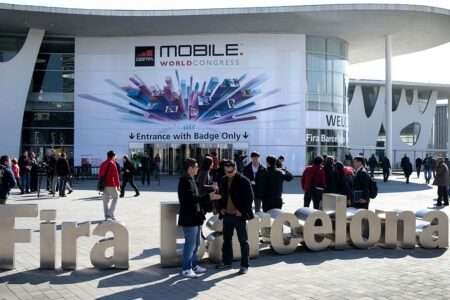The 5G Automotive Association uses its new white paper to call on national and regional administrations to make sufficient radio spectrum available for vehicle-to-everything (V2X) functions across direct short range communications (DSRC), cellular vehicle-to-everything (C-V2X) and the nascent 5G-V2X and vehicle-to-network (V2N), which will harness the power of entire cellular networks for indirect communications between vehicles.
The paper – A Visionary Roadmap for Advanced Driving Use Cases, Connectivity Technologies, and Radio Spectrum Needs – recommends that V2X mobile communications should be in targeted low- and mid-bands, outlining the potential for harmonised use of the 5855-5925 MHz band for communication between road users, roadside infrastructure and with cellular networks, within the wider international digital traffic ecosystem.
The paper also highlights selected end-to-end V2X applications factoring in the necessary technological evolution, industry readiness and spectrum needs. 5GAA has developed advanced driving use cases such as cooperative manoeuvres and sensor sharing in conjunction with both the adoption of C-V2X standards and the availability of the required technologies and devices. These provide a tangible account of how advanced driving is taking shape globally.

“Success in this endeavour requires to have all industry stakeholders on-board, including telecoms and automotive. Only then will new business opportunities and necessary investments be secured to fuel this ecosystem,” said 5GAA’s CTO and spokesperson Maxime Flament upon the white paper’s launch.
With close to 200 million connected vehicles already on the roads worldwide in 2020 and a growing number of vehicles with the ability to exchange traffic and road condition information over cellular networks, the foundations for 5G-connected driving are well established, the paper points out. Further progress in coming years will pivot around 5G-V2X use cases for more efficient and safe driving. From 2025 onwards, 5GAA anticipates mass rollout of more advanced automated driving and safety use cases supported by vehicle connectivity. Additional automated driving functionalities are anticipated as from 2026.
All in all, to deliver end-to-end V2X services and unlock the true value of vehicle connectivity, 5GAA considers that the realisation of its roadmap would require:
(1) Sufficient spectrum for short-range direct communications (DSRC) at 5.9 GHz
(2) High levels of mobile network coverage along the roads
(3) Sufficient service-agnostic mobile network spectrum for mobile network-based communications, in addition to the bands that are currently identified for international mobile telecommunications (IMT) use.
The essence and great promise of 5G is that it makes better use of the radio spectrum, boosts mobile network coverage, security and safety, while delivering environmental benefits for citizens and consumers. To chart a clear way forward, 5GAA calls on all players to work together while implementing the use cases highlighted in the paper, as well as other measures outlined in 5GAA technical reports and papers.





